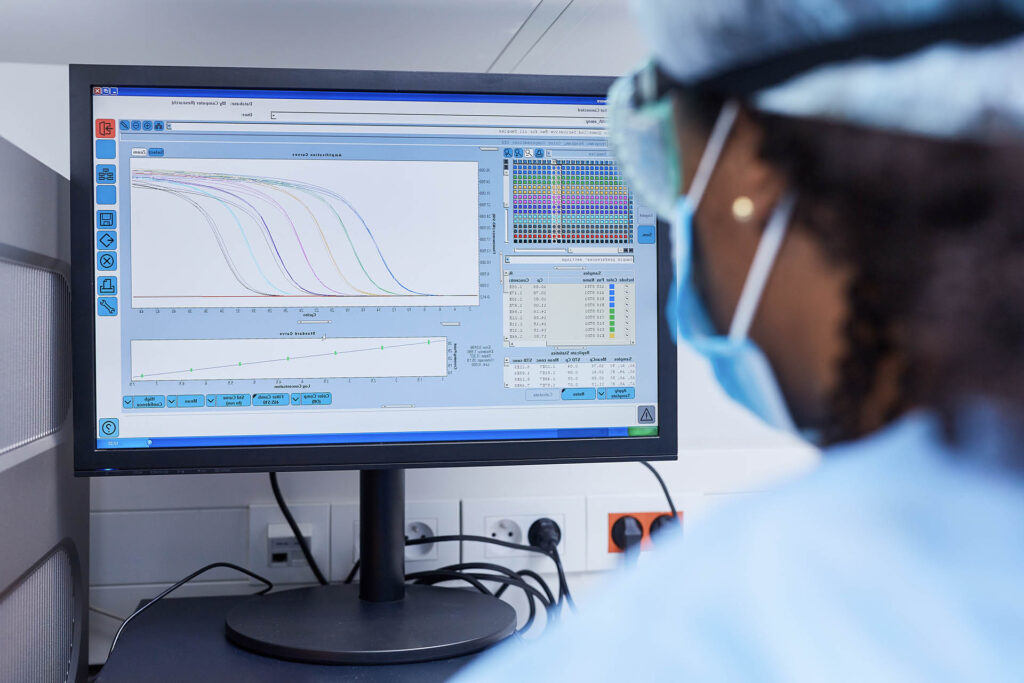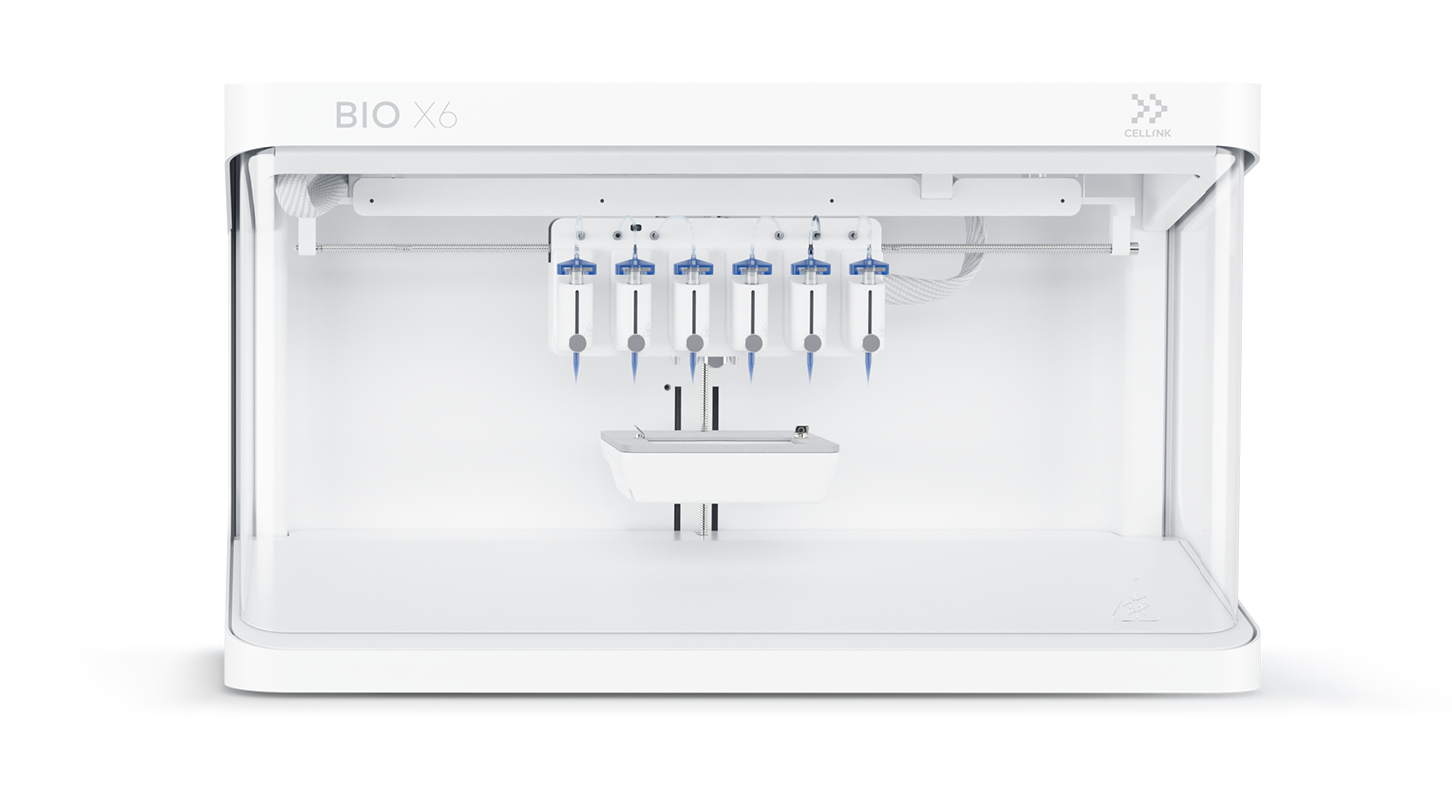What is
The Lab of...

Animal Studies
Using animals such as rats, dogs, horses, goats, and rabbits for research is expensive, unethical, and gives wrong data and results.

Printed Tissues
Better and more precise models such as printed tissues to test their drugs and products, resulting in faster, more accurate, and cost-effective results.

Static analysis
Using outdated, slow, single-point devices to gather data is time-consuming, requires human labor, and is prone to mistakes.

Live analysis
Autonomous systems that take care of all the time-consuming steps to deliver better and more accurate data, enabling scientists to focus on analyzing the data and making the right decisions.

Manual Work
Manual laboratory labor is time-consuming, labor-intensive, and limited to 8 hours per day. It’s costly and inefficient to hire scientists to do manual lab work.

Automated Work
Robots and machines doing manual steps, enabling research to continue 24/7 and scientists to focus on analyzing data and making decisions.
Today?
The Future?
Our offering
Printed Tissue
Bioprinting has shown a massive potential to revolutionize the fields of tissue engineering, drug discovery and regenerative medicine. Bioprinted tissue enable researchers to test potential treatments and evaluate efficacy in earlier stages, and providing a more realistic model of cellular function. In time, new drugs and treatments can be developed following a process designed to minimize failures, reduce animal testing and reach clinical trials faster.









